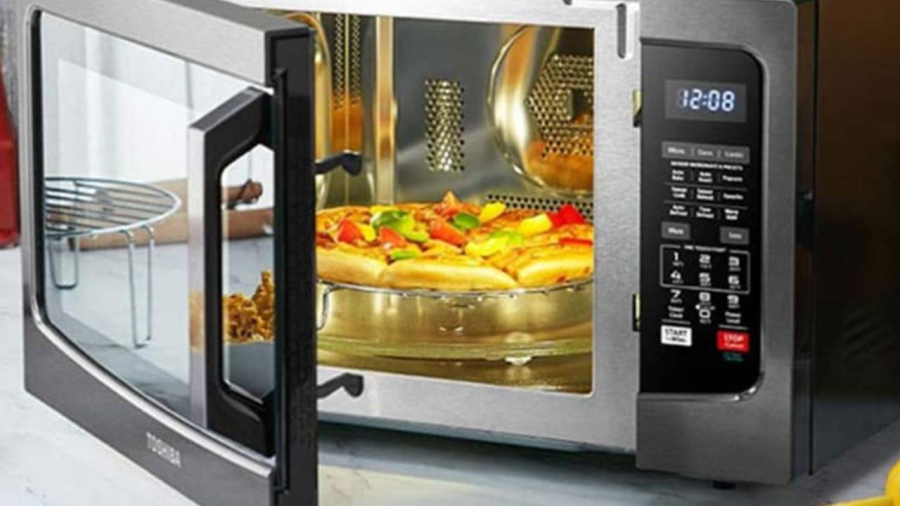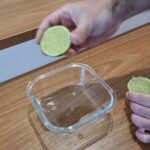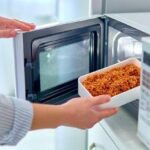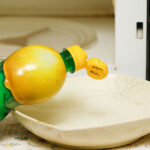Microwaves: To Close or Not to Close?
When it comes to electrical appliances that support modern-day living, microwaves are undoubtedly a staple in many households. These handy devices use microwave radiation to quickly heat up food, drinks, and even meals straight out of the fridge in a matter of minutes—usually 1 to 3 minutes, to be precise.
However, there’s a common dilemma surrounding microwave use that not all users are aware of: what to do with the door after heating your food. Should you keep it closed to save energy, prevent accidents, and avoid bacterial contamination? Or should you prop it open to let the heat, steam, and odors escape, thus ventilating the interior?

The Great Microwave Door Debate
Expert Advice
Ben Hilton, a US home and kitchen appliance expert with 30 years of experience, advises against the practice of leaving the microwave door open after use on The Fixed House forum. Firstly, and most importantly, doing so can waste energy, especially if your microwave has an interior light that stays on when the door is ajar. This can lead to increased energy consumption over time.
Additionally, leaving the door open may result in accidental damage to the hinge or door itself, or even cause the interlock switch to malfunction if someone accidentally bumps into it.
Therefore, after using your microwave, there’s no need to worry about odors, steam, or dirt inside. Simply keep the door closed to maintain the efficiency of the appliance.
If you’re still concerned about air circulation and cleanliness, consider using a soft cloth or paper towel to give the interior a quick wipe-down after each use before closing the door. This will help keep your microwave clean and ensure optimal performance for future use.
Experts also recommend a thorough cleaning of your microwave at regular intervals—weekly or monthly, depending on usage. This should include cleaning the interior with a suitable detergent, wiping down the exterior, and paying special attention to the ventilation holes. The frequency of cleaning can be adjusted based on how often you use your microwave.
Safe and Effective Microwave Cleaning Methods
1. Using White Vinegar
– What you’ll need:
+ White vinegar.
+ A heat-resistant glass bowl.
+ Warm water.
+ Soft cloth.
– Method:
+ Step 1: Mix warm water and vinegar in the glass bowl in a 1:5 ratio.
+ Step 2: Place the bowl in the microwave and set it to medium heat (adjusting the temperature according to your microwave’s capacity). Let it run for 5 minutes, allowing the mixture to heat up and produce steam, thus loosening grime inside the oven.
+ Step 3: Wait for 2 to 3 minutes after the microwave turns off, then remove the bowl and use the cloth to wipe away the softened grime.
+ Step 4: Finish by wiping the interior with a damp cloth followed by a dry one to ensure a thoroughly clean microwave.
2. Using Lemon (or Orange)
– What you’ll need:
+ 1 heat-resistant glass plate.
+ 1 lemon.
+ Warm water.
+ Soft cloth.
– Method:
+ Step 1: Cut the lemon in half and place it cut-side down on the plate, adding 1 to 2 spoons of water.
+ Step 2: Put the plate with the lemon inside the microwave and set it to run for 1 to 2 minutes (adjusting the time according to your microwave’s capacity). The heat will cause the lemon’s acid to evaporate, effectively cleaning and deodorizing the interior.
+ Step 3: Use the cloth to wipe away any remaining grime.
+ Step 4: Finish by wiping the interior with a damp cloth followed by a dry one to ensure a thoroughly clean microwave.
3. Using Baking Soda
– What you’ll need:
+ Baking soda.
+ A soft-bristled toothbrush.
+ Warm water.
+ A heat-resistant glass bowl.
+ Soft cloth.
– Method:
+ Step 1: Create a thick paste by mixing baking soda and water in a bowl.
+ Step 2: Using the toothbrush, apply the paste to the interior surfaces of the microwave, avoiding the heating element. Close the door and let it sit for 10-12 hours.
+ Step 3: Use a damp cloth to wipe away the dried baking soda residue. Then, wipe the interior again with a damp cloth 1-2 times, finishing with a dry cloth to ensure a thorough clean.
“A Hairdryer Hack for Your Range Hood: An Effective Solution You Need to Know”
The kitchen exhaust fan can get caked with a thick layer of grease over time. This grease buildup can be challenging to clean and time-consuming. But worry not! We have a quick and easy solution for you. With just a hairdryer, you can effortlessly remove the grease and restore your exhaust fan to its pristine, like-new condition!
The Ultimate Guide to Microwave Cleaning: A Sparkling, Speedy, and Fragrant Affair
Introducing the ultimate cleaning duo for your microwave: a simple combination of lemon and white vinegar. Say goodbye to stubborn stains and unpleasant odors with this powerful yet natural cleaning method. In just a few simple steps, you’ll have a sparkling clean microwave that looks and smells as good as new, with the added benefit of natural disinfection. Experience the transformative power of this dynamic duo today and enjoy a fresh, clean microwave without the use of harsh chemicals.
Should You Keep Your Microwave Door Open or Closed After Use? 90% of Families Are Doing It Wrong.
Although a familiar appliance, not everyone knows how to use a microwave properly. Many people underestimate the power of this handy kitchen gadget, often resulting in overcooked meals or, worse, food safety hazards. Learning the ins and outs of your microwave can unlock a world of quick and convenient cooking, ensuring tasty treats and meals without the fuss.
The Ultimate Guide to Sparkling Clean Microwaves: A Cost-Effective Solution
“Over time, your microwave oven can become a greasy, grimy mess with food stains and odors. But don’t despair! With these simple, easy-to-follow steps, you can quickly and effectively clean your microwave and get rid of that nasty smell. Say goodbye to the grime and hello to a sparkling, fresh-smelling appliance!”






































